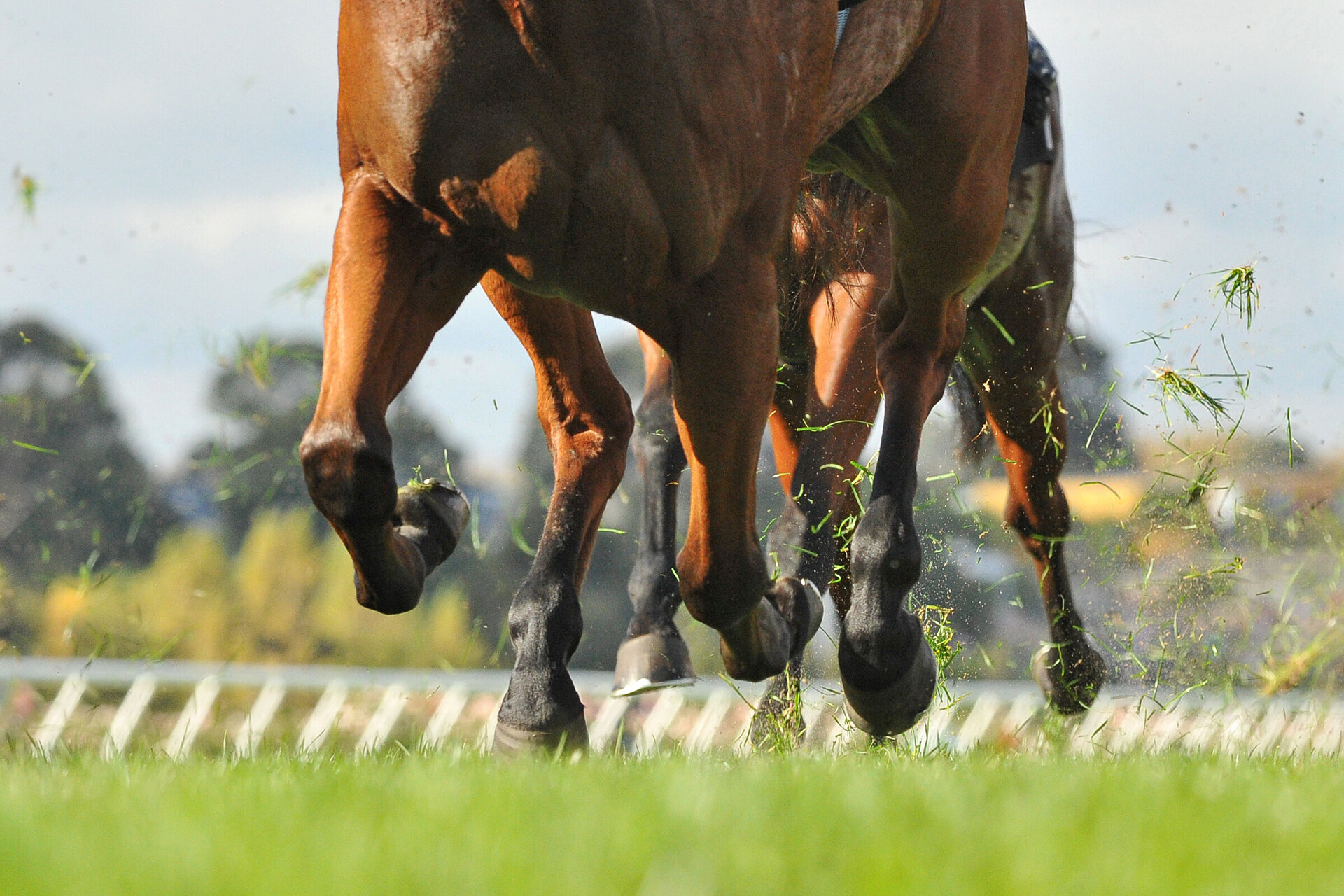Most of us understand that equine veterinarians do not practice veterinary science in a vacuum devoid of economic consideration. However, from a medical standpoint, treatment decisions should always be made with the health and welfare of the horse (and rider) as the uppermost concern.
In addition, due to these varying economic considerations, adequate time and money is not always made available for the veterinarian to properly diagnose, treat, and evaluate a horses’ response to treatment before the owner’s expectation of racing or performance.
Drug withdrawal times are therefore recommended in an effort to avoid the masking of clinical signs, rather than mitigation of disease, prior to competition and in the aim of reducing the risk of catastrophic injury to our equine athletes.
Treatment of Musculoskeletal Injuries and Osteoarthritis (OA)
Osteoarthritis (OA) is cited as the most important musculoskeletal disorder in both humans and horses. Clinically, it is associated with lameness and dysfunction of the affected joint, and approximately 60% of all equine lameness is due to OA.
Intra-articular (IA) corticosteroid administration is still one of the most commonly used treatments for OA in horses, employed principally for its immediate and powerful anti-inflammatory effect. A recent survey (1) confirmed corticosteroids (often combined with hyaluronic acid) remain the intra-articular therapeutic of choice among equine practitioners.
2.5% PAAG Arthramid Vet
New evidence however suggests that 2.5% polyacrylamide (2.5% PAAG- Arthramid® Vet) is both superior to and longer lasting than these conventional treatments (2). Arthramid® Vet is a registered veterinary medicine in New Zealand (2019) and Australia (2020). A unique and patented product, Arthramid® Vet is not a pharmaceutical and has a completely different mechanism of action to corticosteroids.
“There is mounting evidence that Arthramid® Vet is a game changer in the management of joint pain and osteoarthritis”.
Arthramid® Vet is an inert and biocompatible hydrogel consisting of 2.5% PAAG and 97.5% sterile water. The 2.5% PAAG gel, a porous biomaterial for intra-articular injection, is neuro-innocuous, safe and stable and integrates into the joint tissue. Its three-dimensional network of cross-linked polyacrylamide polymers forms a “scaffold” inside the joint, working primarily to improve the joint capsule elasticity lost during the osteoarthritic process, as well as having other benefits on the joint environment.
New technologies such as this gives us the means to improve the safety and well-being of our equine athletes and to reduce the potential for injury - all it takes is knowledge and a change in mindset. Arthramid® Vet is not an anti-inflammatory drug or painkiller, and has no competition withdrawal time. It also takes at least 2 to 4 weeks to take effect;
"The use of Arthramid Vet in the treatment of joint lameness requires a different mindset from the veterinarian and trainer and, managing of the owners expectations, compared to other conventional therapies. It is important that horse racing and welfare authorities and governing bodies also recognise that products like Arthramid® Vet, that provide long-lasting efficacy and that can be administered well outside expectations of racing or performance, allowing adequate time for treatment and reassessment before competition can improve the safety of the horse and rider and reduce the risk of catastrophic injury to our equine athletes".
Dr Jason Lowe
Equine Veterinarian
References
1. AV Alvarez, LH Boone, AP Braim, JS Taintor, F Caldwell, JC Wright, AA Woolridge. (2020). A Survey of Clinical Usage of Non-steroidal Intra-Articular Therapeutics by Equine Practitioners. Front Vet Sci; 7:579967. Available online https://www.frontiersin.org/articles/10.3389/fvets.2020.579967/full.
2. LT de Clifford, JN Lowe, CD McKeller, C McGowan, F David. (2021). A double-blinded positive control study comparing the relative efficacy of 2.5% polyacrylamide hydrogel (PAAG) against triamcinolone acetonide (TA) and sodium hyaluronate (HA) in the management of middle carpal joint lameness in racing Thoroughbreds. J Eq Vet Sci; 103780. Available online https://www.sciencedirect.com/...




